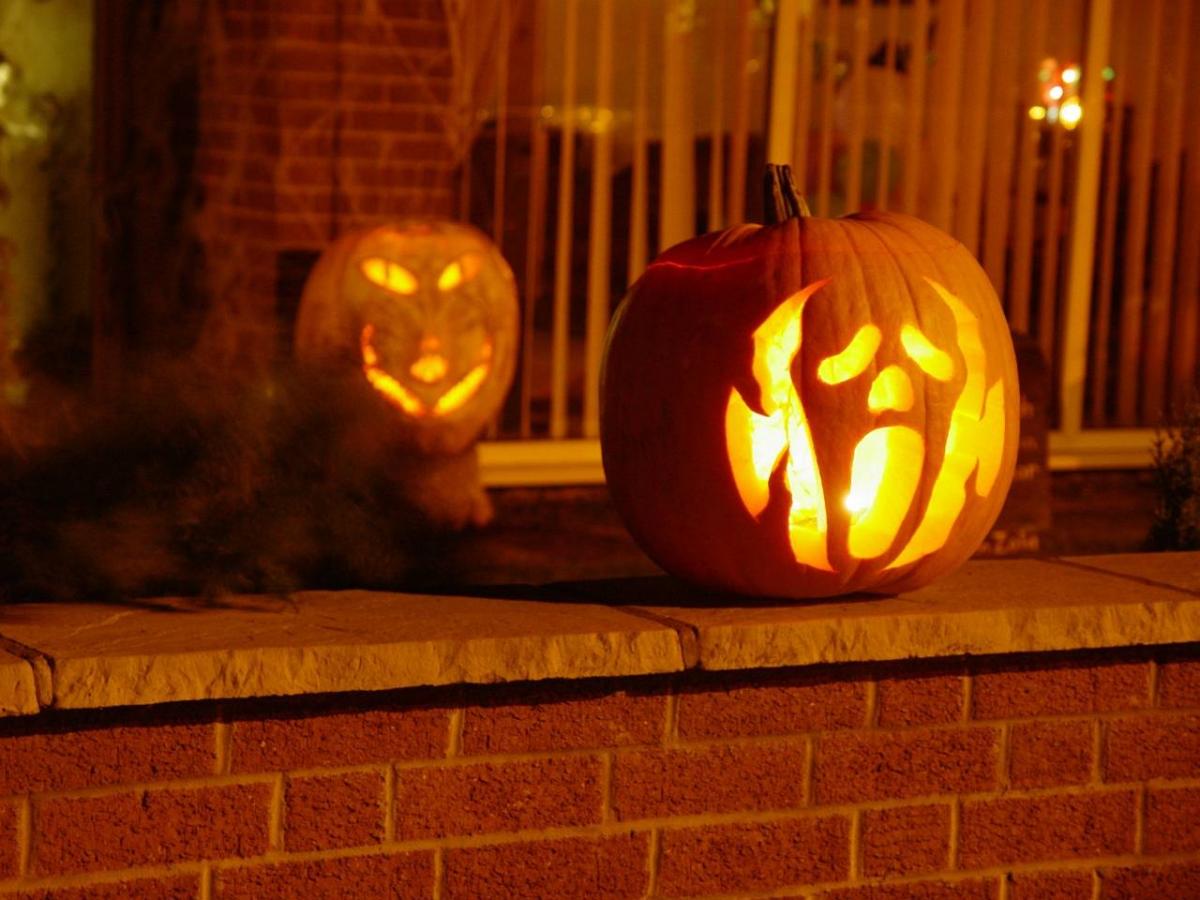On October 31st, it’s time to dress up, go trick-or-treating, and watch horror movies. Although this celebration is very popular in the United States, it traces its origins to ancient Irish traditions.
The Celtic festival of Samhain is believed to be the origin of Halloween. It dates back to 500 BCE and marked the beginning of winter, symbolizing the end of the harvest. On the sixth day of the waxing moon (between October 25th and November 20th), the God of Death allowed the dead to return among the living for a few hours. The living would leave their doors open and place lanterns along paths to guide the souls of the deceased.
This pagan festival was celebrated in Ireland and Scotland but was gradually forgotten with the Christianization of the Celtic peoples, replaced by the celebration of All Saints’ Day (La Toussaint).
Due to the Great Famine that devastated Ireland in the second half of the 19th century, millions of Irish people emigrated to the United States, bringing their myths and legends with them. Thus, the festival of Samhain spread to North America. The term “Halloween” is a contraction of “All Hallows’ Eve,” meaning “the evening before All Saints’ Day.”
The Legend of Jack-O’-Lantern
According to legend, Jack challenged the devil and managed to extract a promise that he would never be sent to hell. However, Jack’s life of drinking and laziness also prevented him from entering heaven. As a result, he was condemned to wander aimlessly in the dark with only a lantern carved from a turnip to light his way.
The pumpkin, which has become the symbol of Halloween, is inspired by this Irish legend. When the Irish emigrated to the United States, they had to adapt to the local produce. The pumpkin, being larger and easier to carve than a turnip, gradually replaced it. Today, pumpkins are used to decorate houses on Halloween night.
An Ancient Festival, Modern Traditions
Historians consider the Celtic autumn festival Samhain to be the precursor to modern Halloween. The celebration marked not only the end of the harvest but also the arrival of winter. It was also a time to honor the dead. To appease spirits and gain their goodwill, the Celts placed apples at the entrance of each village. Over time, apples were replaced by candy as the tradition evolved.
Thus, Halloween, though transformed and popularized in North America, still retains elements of its Celtic and Irish origins, blending superstition, folklore, and festive traditions.
Please post your comments on:
[email protected]
 Politics
Politics














